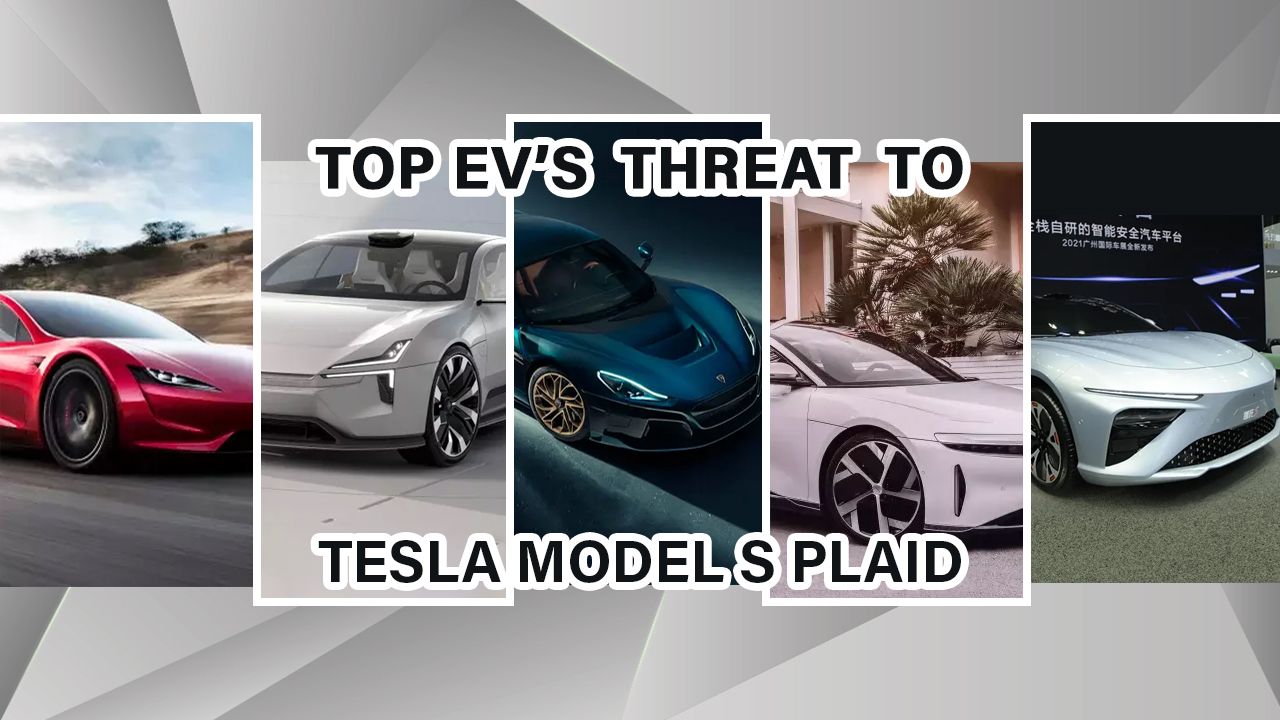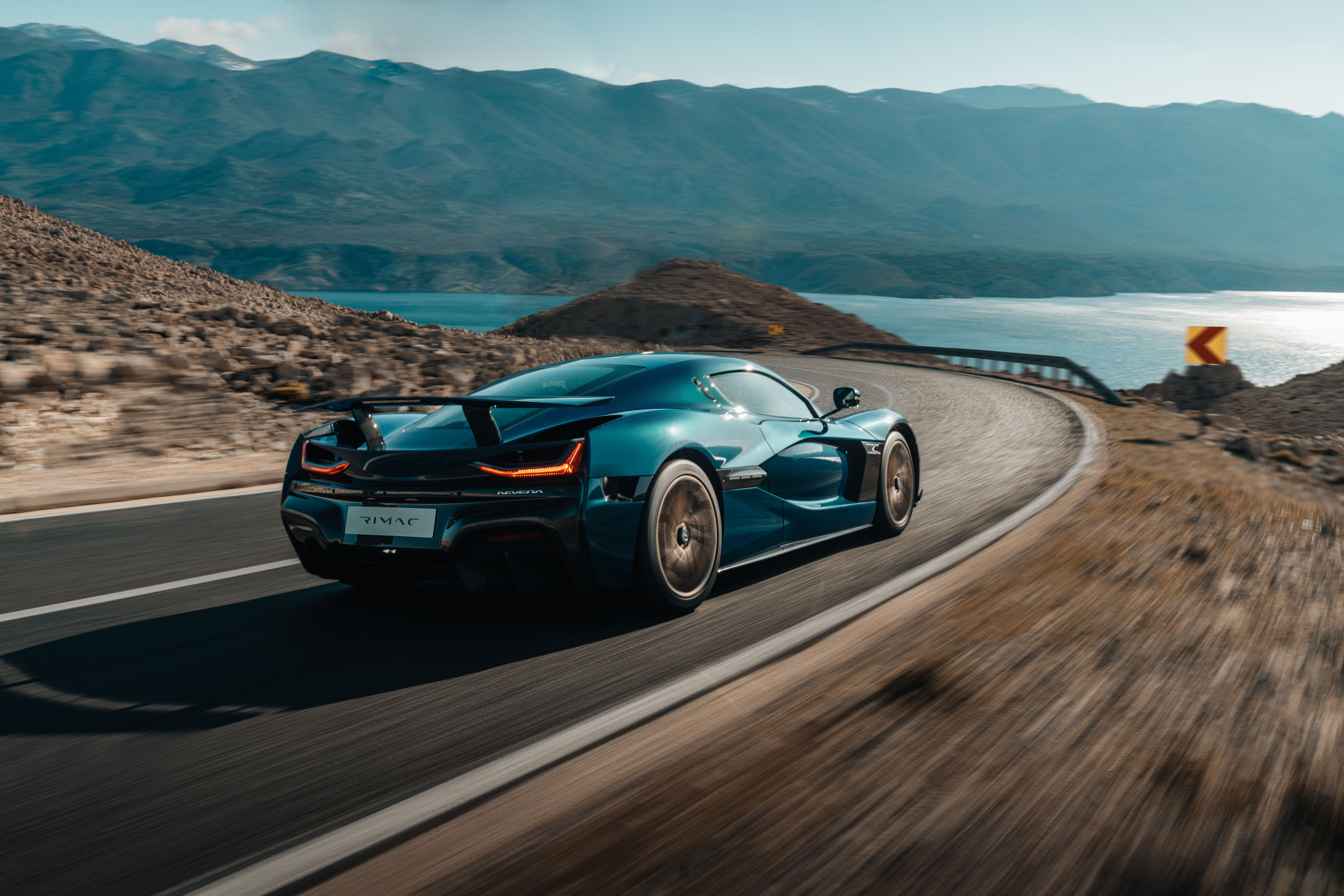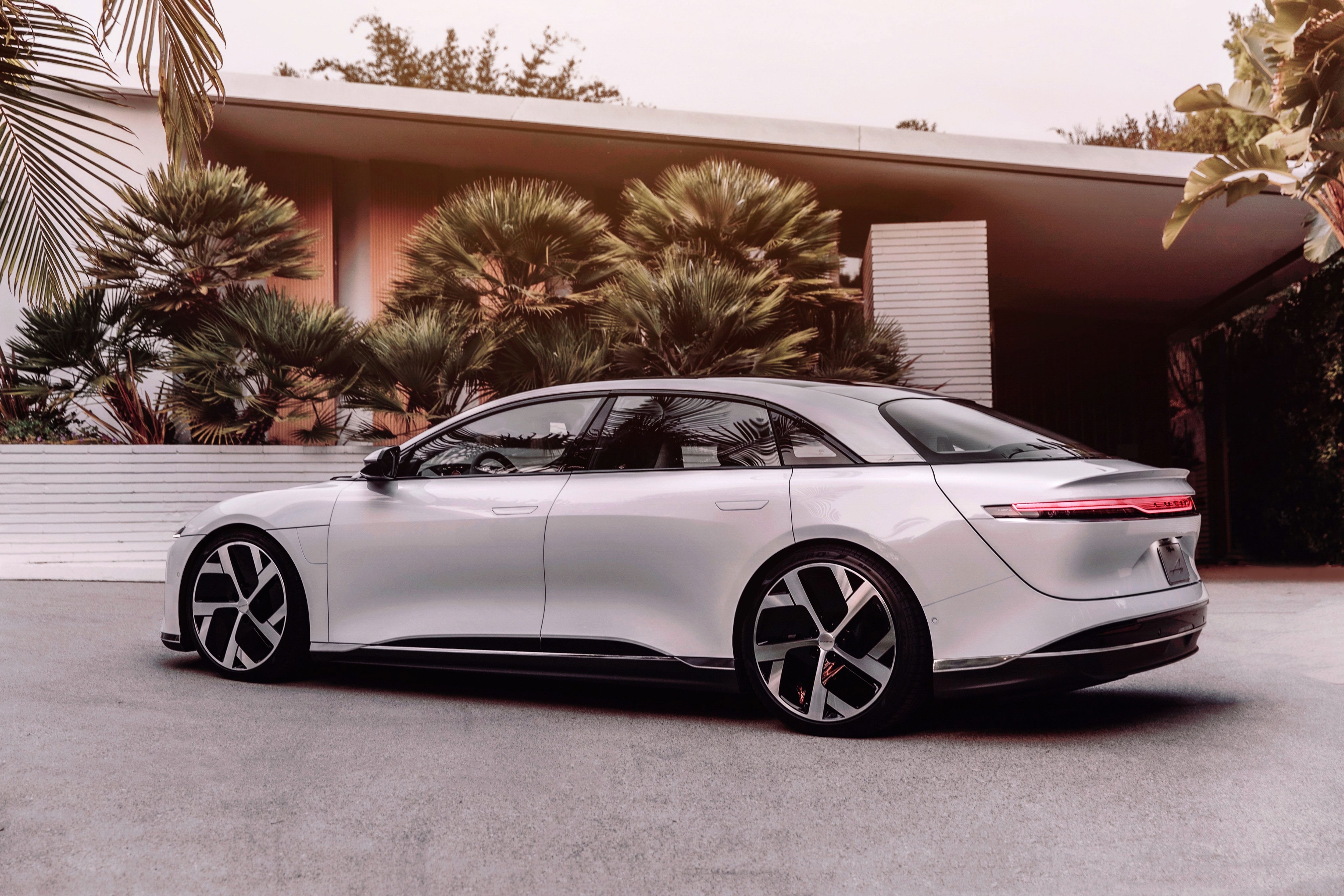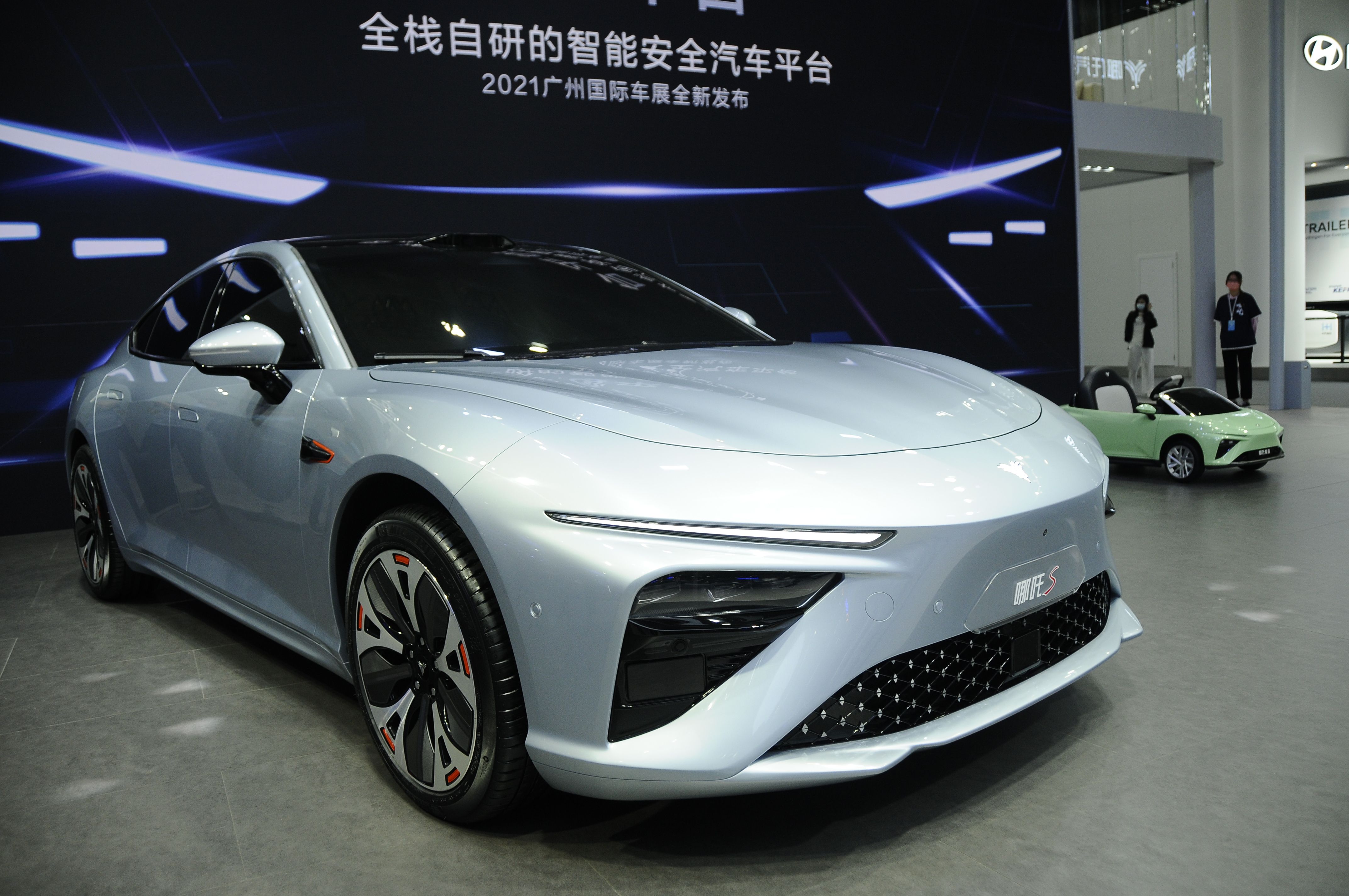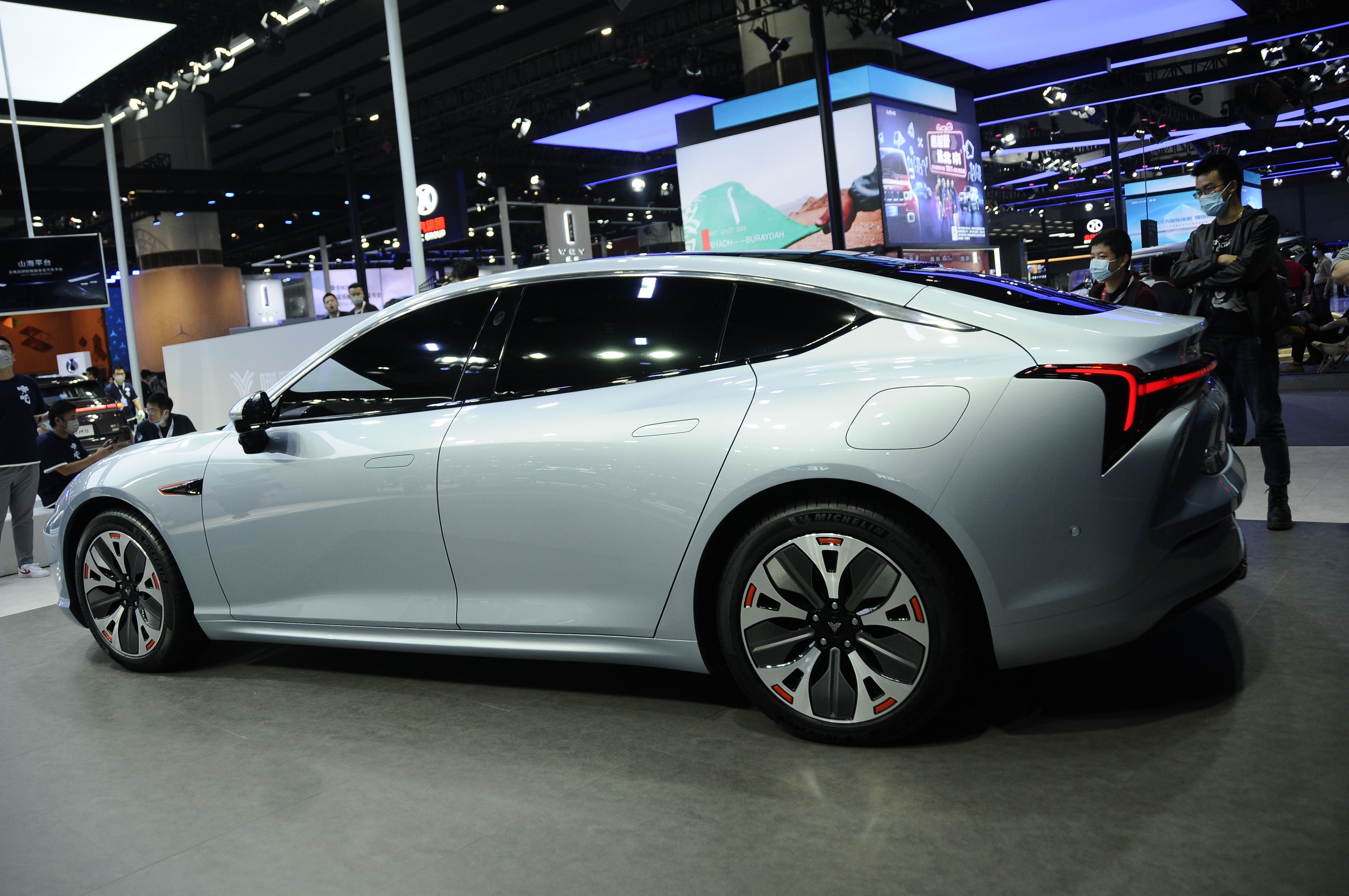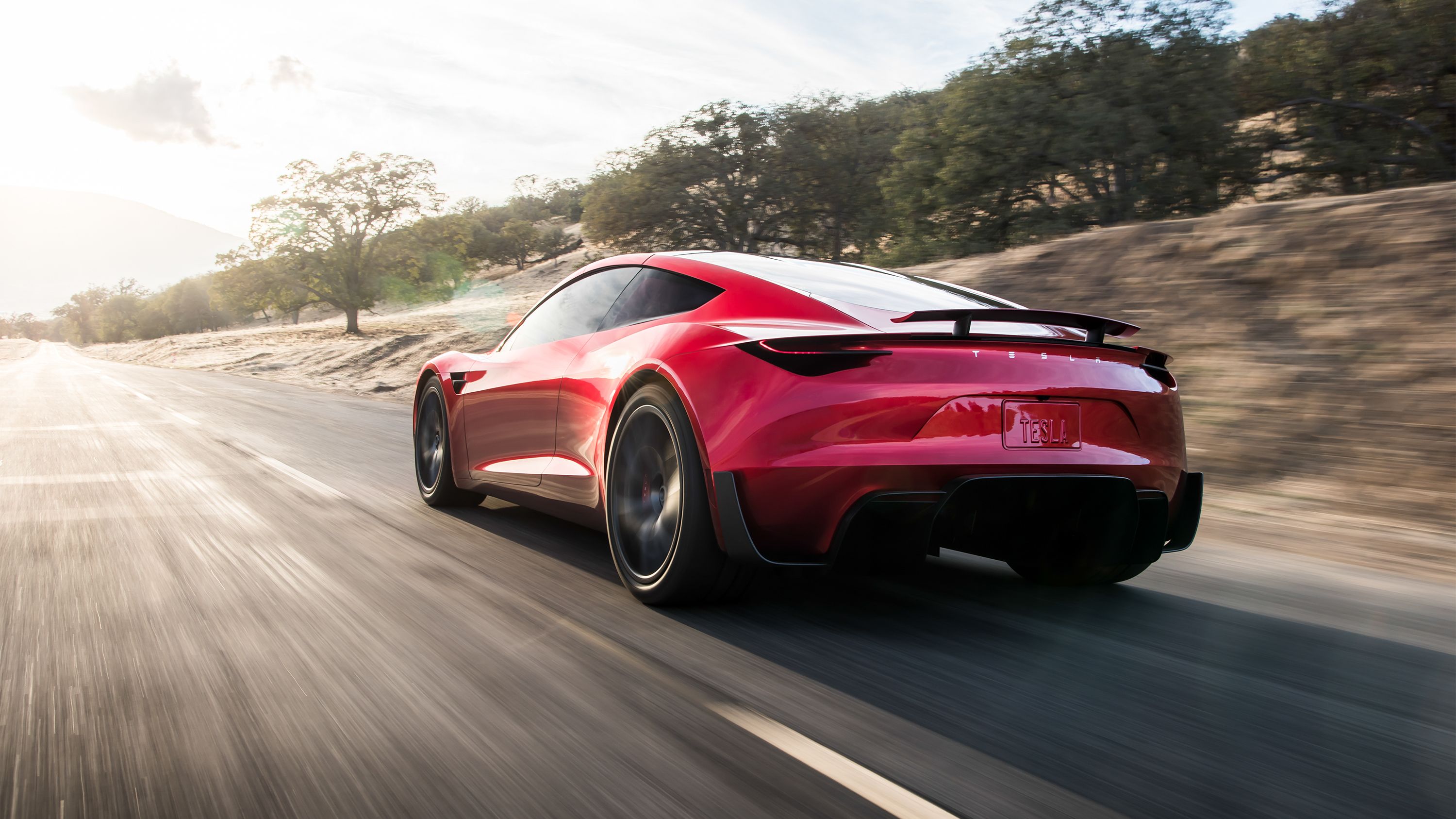The Tesla Model S Plaid is, arguably, the most talked about, high-performance EV in recent times. We have witnessed many drag races in which a Tesla Model S manages to beat some of the best, combustion-powered, high-performance vehicles on sale today. However, Tesla is no longer the only big player in the EV market and other manufacturers are also coming up with high-performance EVs. Here are the ones that are most likely to threaten the Model S Plaid’s domination.
Rimac Nevera
This one is quite obvious since we have already seen the results of the drag race between the Tesla Model S Plaid and Rimac Nevera. Obviously, with almost double the power – 1,914 horsepower vs 1,050 – it’s no surprise the Rimac manages to annihilate the Model S Plaid at the quarter-mile 8.64 seconds at 166.66 mph (268.2 km/h) vs 9.27 seconds at 152.68 mph (245.7 km/h).
The Rimac Nevera also tops out at 258 mph (415 km/h), while the Tesla has an official top speed of 162 mph (261 km/h). In terms of 0 to 60 mph (97 km/h) times, the Rimac manages a 1.9-second sprint, while the Tesla Model S Plaid takes 1.99 seconds.
It’s worth noting that, other than the electric propulsion, the two cars have nothing in common, as one is a practical sedan/liftback, while the other is a two-seater, EV hypercar. Only 150 Rimac Nevera will be built and each will cost $2.4 million. For comparison, the Tesla Model S Plaid starts at $129,990.
Read our full review on the Rimac Nevera
Lucid Air
Some of Tesla’s competition will also come from the US. So far, Model S Plaid’s main competitor is shaping up to be the Lucid Air. The California-based company’s first model – the Air – was unveiled earlier in 2021, as a 2022 model. It comes in four flavors, the most powerful of which is the Dream Edition, with a starting price of $77,400.
For that price, you get a dual-motor setup with a combined output of 1,111 horsepower (828 kilowatts). The Dream Edition R scores a 112 kWh battery, which allows for a maximum range of 520 miles (840 km), which dwarfs the Model S Plaid’s 348-mile (560 km) EPA figure. Moreover, on a highway test, conducted by caranddriver, the Model S Plaid managed 280 miles (450.6 km), at an average speed of 75 mph (121 km/h).
All Lucid Air versions come with a 924-volt electrical architecture. The most efficient model, as tested, is the Lucid Air Grand Touring, with an average consumption of 26 kWh per 62 miles (100 km).
Read our full review on the Lucid Air
Nezha S
The Chinese Nezha S cannot hide that it’s aimed at the Tesla Model S even if it wanted to. The name (S) and even the looks are highly reminiscent of the American high-performance EV. Although still a concept, a production version of the Nezha S is going to be unveiled at the Beijing Auto Show, in April 2022.
As of this moment, we don’t know all of its performance stats, but we do know that it will utilize a flexible architecture, which would allow customers to choose between front, rear, and all-wheel drive. We also know that the claimed 0 to 62 mph (100 km/h) time is 4.0 seconds, which while still respectable is nowhere near the Model S Plaid’s sub-2.0-second achievement.
Clearly, performance isn’t where the Nezha will outshine the Model S Plaid. It’s a different story when it comes to the range, which is 497 miles (800 km) NEDC, for the Nezha S. Technology is also where the Chinese EV aims to be a pioneer, introducing Level 4 autonomy – the Tesla Model S range is currently capable of Level 2.
The Nezha S is also underpinned by the modular Shanghai platform, which will be used for a wide range of models, including hybrid vehicles. This implies that it will be significantly cheaper than the Model S Plaid. Moreover, in China, which is one of the most important Tesla markets, outside of North America, there are plenty of government incentives that would make local propositions like the Nezha even more appealing.
Read our full review on the Nezha S
Tesla Roadster
The second iteration of the Tesla Roadster is one of the most delayed automobiles in recent times. It was first introduced in 2017, but production has been delayed, with the latest rumors suggesting, it will be available for purchase, sometime in 2022. Unlike the first Tesla Roadster, it will not be based on a Lotus and will boast impressive figures.
The new Roadster is said to have a 200 kWh battery and a 0-60 mph (97 km/h) time of 1.9 seconds, which is on par with the Rimac Nevera and slightly quicker than the Model S Plaid. The quarter-mile will be dealt with in 8.8 seconds. It will also have a range of 620 miles (1,000 km). We don’t have an exact figure for the output, but we know it will come from a tri-electric motor setup.
Those who are buying the Tesla Model S Plaid purely for its performance capabilities will have an even better offer from Tesla. It will also have a rocket booster to help with acceleration. I, for once, can' wait to see that.
Read our full review on the Tesla Roadster
Polestar Precept
The Polestar Precept was supposed to be unveiled in 2020, but the pandemic happened. Now, it is expected to debut in 2023, as a 2024 model. There’s much we don’t know about it other than it will be Polestar’s flagship and the Swedish brand’s third model. The Precept’s production version will be dubbed the Polestar 5.
There’s much we don’t know about it, but we expect the top version to feature at least two electric motors and provide exceptional range. Being a Polestar, we also expect it to be very fast as well as safe. Ordering a Tesla Model S Plaid? You might to wait for this one.
Read our full review on the Polestar Precept

